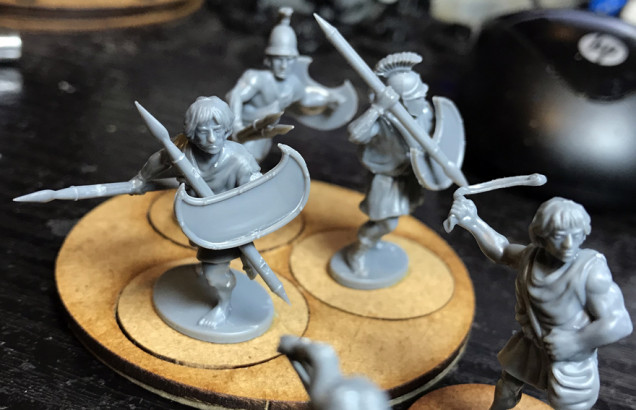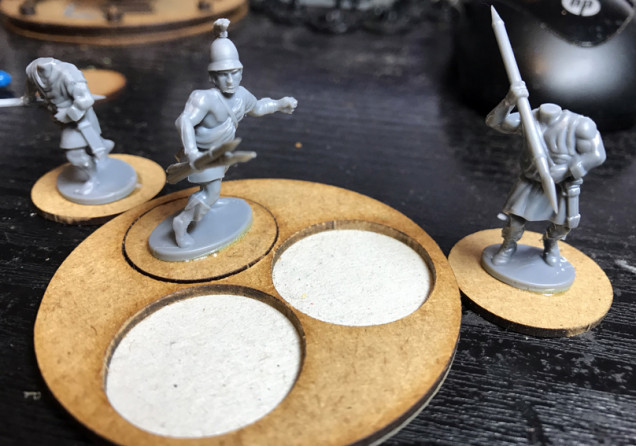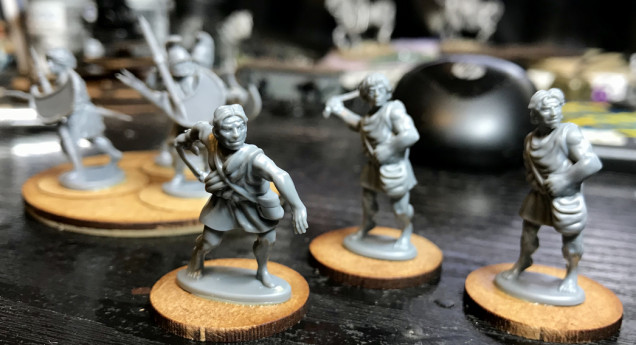
PanzerKaput's Mortal Gods
Peltast and Psiloi, Assembling
Peltast carried a crescent-shaped wicker shield called a pelted as their main protection, hence their name. According to Aristotle, the pelted was rimless and covered in goat or sheepskin. Some literary sources imply that the shield could be round, but in art, it is usually shown as crescent-shaped. It also appears in Scythian art and may have been a common type in Central Europe. The shield could be carried with a central strap and a hand-grip near the rim or with just a central hand-grip. It may also have had a carrying strap as Thracian peltasts slung their shields on their backs when evading the enemy. Peltasts’ weapons consisted of several javelins (akontia), which may have had to throw straps to allow more force to be applied to a throw.
In ancient Greece, the Psiloi usually belonged to the poorest citizen classes; sometimes even unfree conscripts would be employed, such as the Peloponnesian helots. They were armed with a variety of missile weapons, such as the bow (toxa), javelin (akontia), sling (sfendonai) or even stones (lithoi). For defense, they had no armor and usually no shield, but would be equipped with a dagger or shortsword.
The psiloi were trained as skirmishers. Their task was to harass the enemy phalanx before the clash, to try to provoke disorder and protect their own lines from enemy skirmishers. They would be sent to occupy imposing terrain around and within the battlefield, as well as to disrupt the enemy in any way during his march, deployment or encampment. Just before the charge of the line, the psiloi would be recalled through the phalanx and deployed behind it or on its wings. They would avoid close combat with more heavily armed opponents unless they had the advantage of especially favorable terrain.













































































Leave a Reply